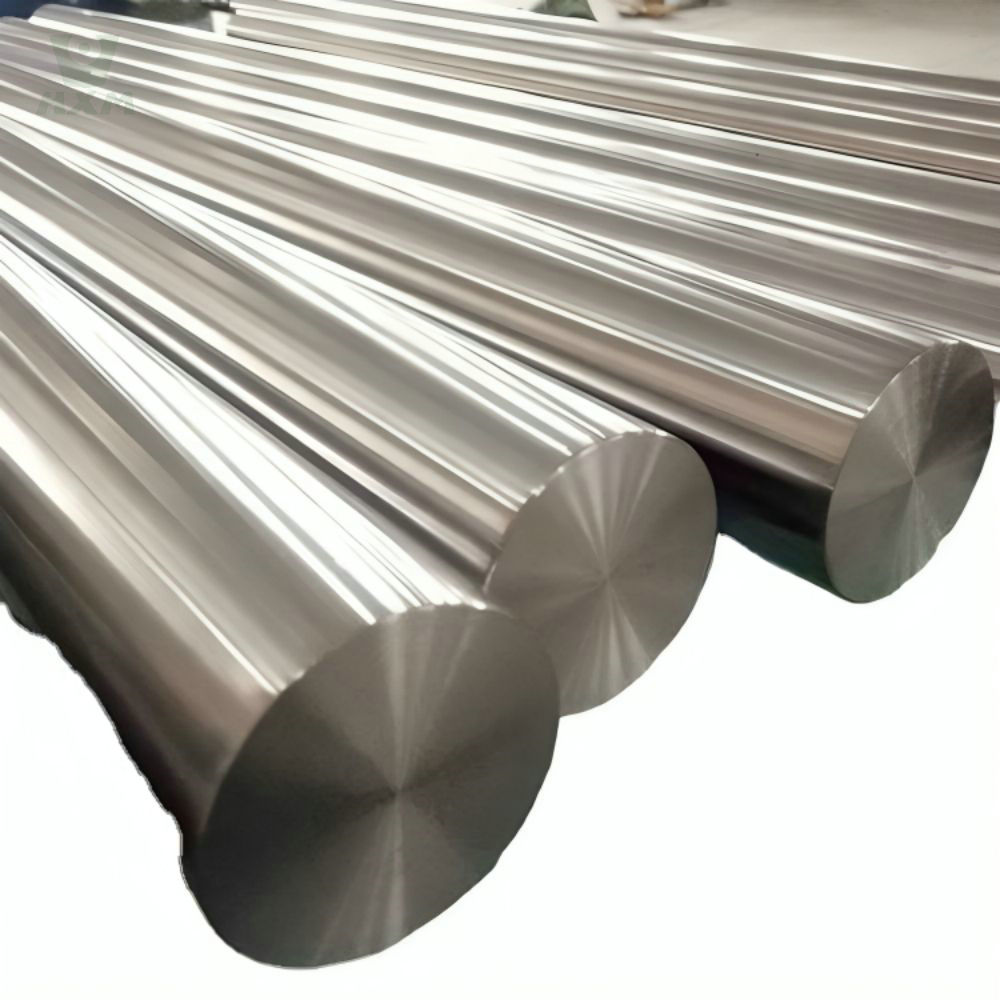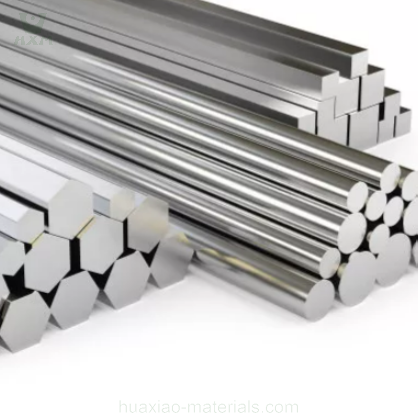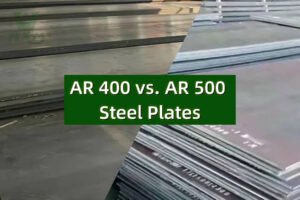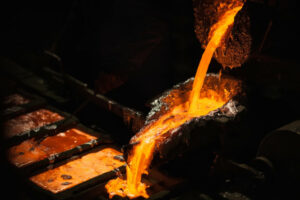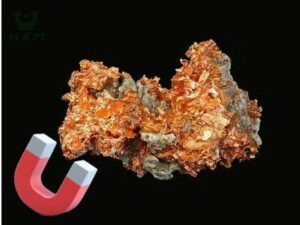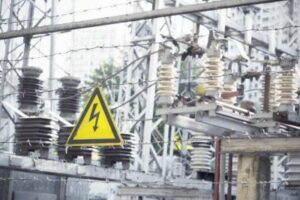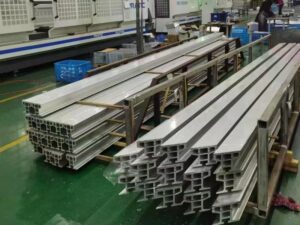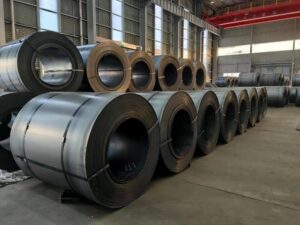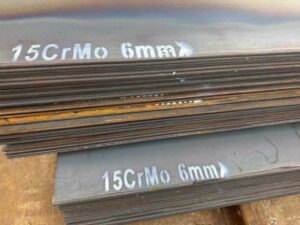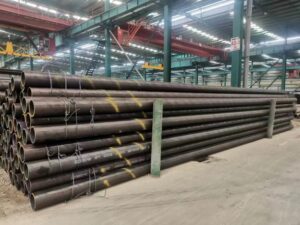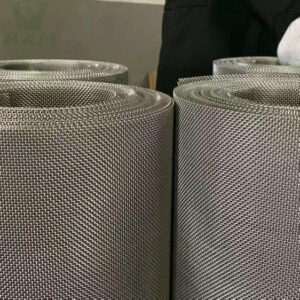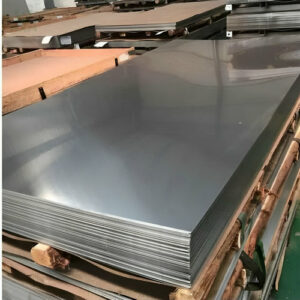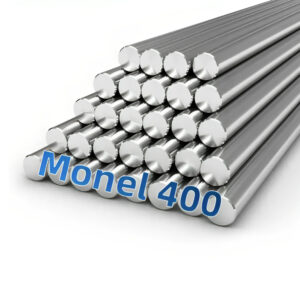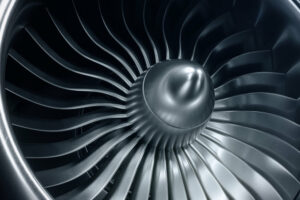The selection of stainless steel bars in square, hexagonal (hex), or round shapes significantly impacts the design and functionality of a product, as each shape offers distinct advantages that cater to specific requirements.
Stainless Steel Square Bars:
Stainless steel square bars are characterized by their square cross-section. This square shape lends itself well to applications where stability and load-bearing capacity are paramount. When used as load-bearing members in construction and engineering, square bars distribute loads evenly, providing structural stability. Their flat sides also facilitate welding, ensuring secure connections in structural components.
In architectural design, stainless steel square bars are favored for creating modern and clean lines. The sharp angles and flat surfaces of square bars contribute to sleek and contemporary aesthetics. They are commonly used for crafting handrails, balustrades, and decorative elements in buildings and interior spaces.
In machine parts and equipment, square bars are prized for their strength and machinability. They can be easily cut, drilled, and shaped to precise specifications, making them suitable for creating components that require high precision and stability.
Stainless Steel Hex Bars:
Stainless steel hex bars have a hexagonal (six-sided) cross-section, offering advantages in specific applications. The flat sides of hex bars provide multiple surfaces for secure fastening and torque transmission, making them ideal for creating fasteners, such as bolts and nuts. Hex bars ensure a tight grip, reducing the risk of slippage or stripping.
In the aerospace industry, where precision and reliability are critical, hex bars find extensive use in the manufacturing of aerospace fasteners. The hexagonal shape ensures a secure fit and minimizes the chances of fastener failure in critical components.
In summary, the choice between stainless steel square, hex, or round bars depends on the specific requirements of the product or application. Square bars offer stability and weldability, hex bars provide enhanced fastening capabilities, and round bars offer versatility in design. Understanding these distinctions allows designers and engineers to select the most suitable shape to optimize both functionality and aesthetics.
